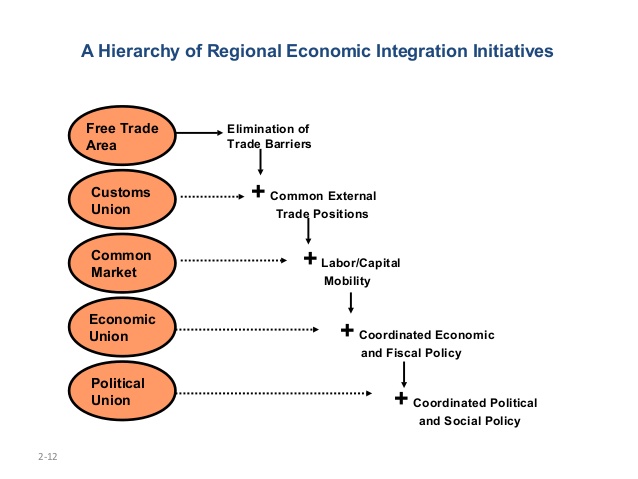





Copyright infringement is not intended
Context: India and the United Arab Emirates (UAE) signed a bilateral Comprehensive Economic Partnership Agreement (CEPA).
•Memorandum of Understanding (MoU) was signed between the International Financial Services Centers Authority (IFSCA), GIFT City and the Abu Dhabi Global Market Financial Services Regulatory Authority (FSRA).
•MoU on building food corridors also signed, that would welcome investment from the UAE into food processing and logistics sectors.
Salient features of the pact:
•This Free Trade Agreement (FTA) is set to reduce tariffs for 80 per cent of goods and give zero duty access to 90 per cent of India’s exports to the UAE.
•The agreement covers areas including goods, services, rules of origin, Customs procedures, government procurement, intellectual property rights, and e-commerce.
•It included robust rules of origin to protect both economies from misuse of the agreement by third countries, including a requirement of “melt and pour” for steel exports to qualify as domestically produced products from either country.
•It provides a permanent safeguard mechanism to protect businesses in both countries to prevent “any unnecessary or unwarranted surge in volumes of (imports) any particular product.
•Under the agreement, the UAE has agreed to facilitate market access and regulatory approval within 90 days for Indian pharmaceutical products and medical products that have been approved in developed jurisdictions such as the US, the UK, the EU, Canada and Australia.
•CEPA would have strong anti-dumping measures.
•Deal would cover 90% of India’s exports to the UAE. Indian exports are expected to benefit from the “zero duty from day one of the entry into force of the agreement”.
Significance of this pact:
•Deepening of the relationship with the UAE would also help Indian exporters gain access to other West Asian countries, Africa and some parts of Europe.
•It would open new routes for regional trade and connectivity and advance “collective interests” of India, Israel, the UAE and the United States.
•It will open up to 10 lakh jobs for the young people in the country.
•It would open access to broader African and Asian markets for India.
•Substantial net gains for India will be visible in the labour-intensive industries such as gems and jewellery, leather, furniture, wood products, agriculture, medical devices, pharma and automobiles.
•It would help boost trade over goods to $100 billion over five years.
CECA (Comprehensive Economic Cooperation Agreement) vs CEPA (Comprehensive Economic Partnership Agreement)
These are forms of economic agreements are India’s way of forging economic ties with other Asian countries like Malaysia, Singapore, and Thailand (for CECA) and Japan, Sri Lanka, and South Korea.
•CECA is a stepping stone for CEPA. CEPA also has a broad scope in terms of its aspects and items.
•CECA deals mostly with the elimination or reduction of tariffs while CEPA’s concerns are the same with the addition of investments and services.
•“Cooperation” in CECA and “Partnership” in CEPA denotes the degree of relationship between two parties. “Cooperation” implies a cohesive but distant effort, but a partnership can entail a more personal and deeper relationship between two parties.
https://www.thehindu.com/news/national/india-uae-sign-free-trade-agreement-to-boost-economic-ties/article65063587.ece#:~:text=India%20and%20the%20United%20Arab,comprehensive%E2%80%9D%20trade%20pact%20on%20Friday.&text=Our%20trade%20in%20the%20next,participated%20in%20the%20summit%20virtually.

© 2026 iasgyan. All right reserved